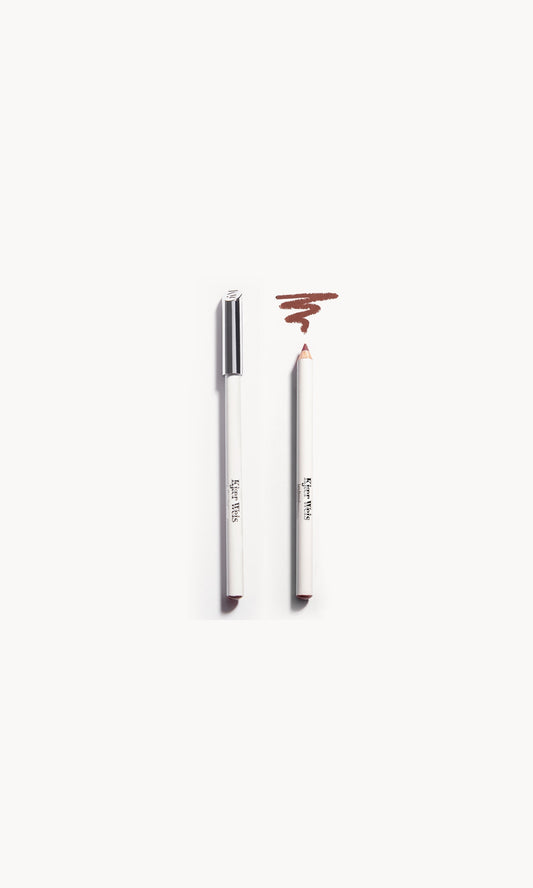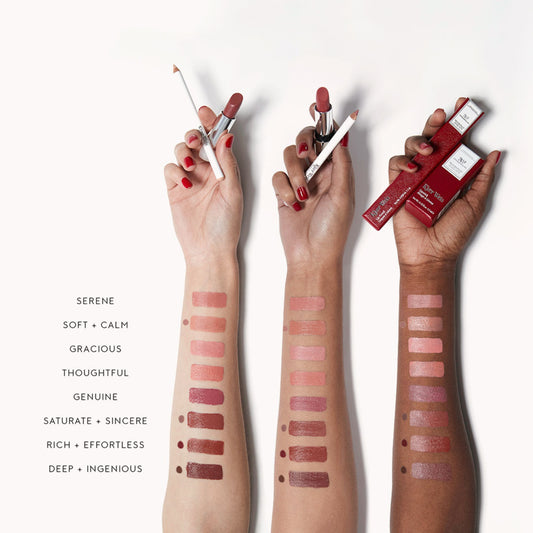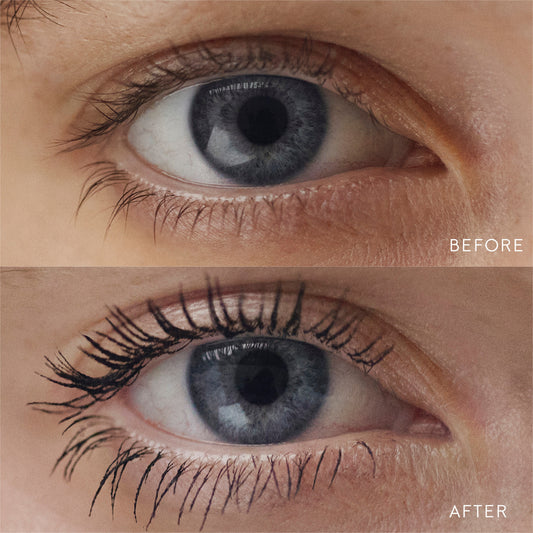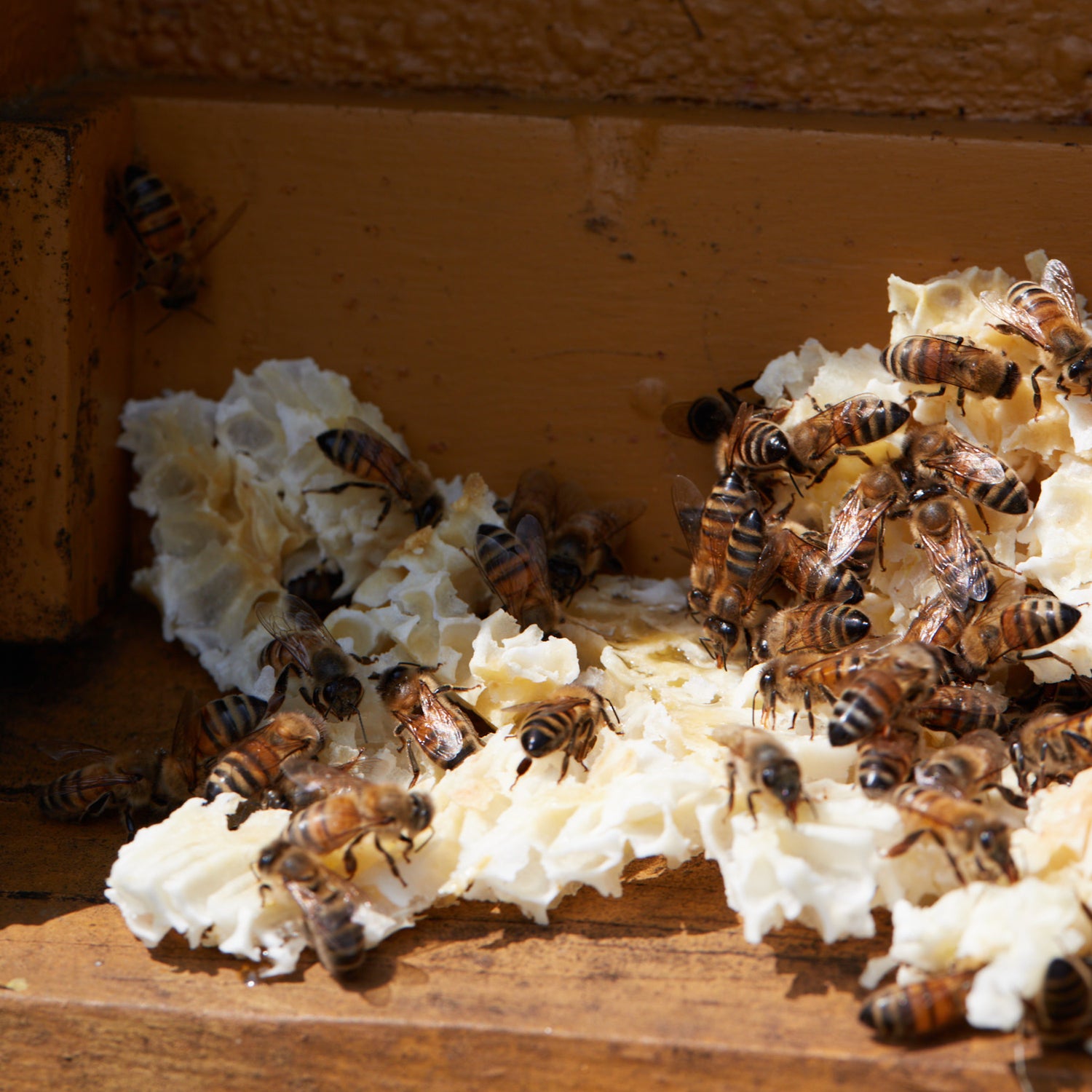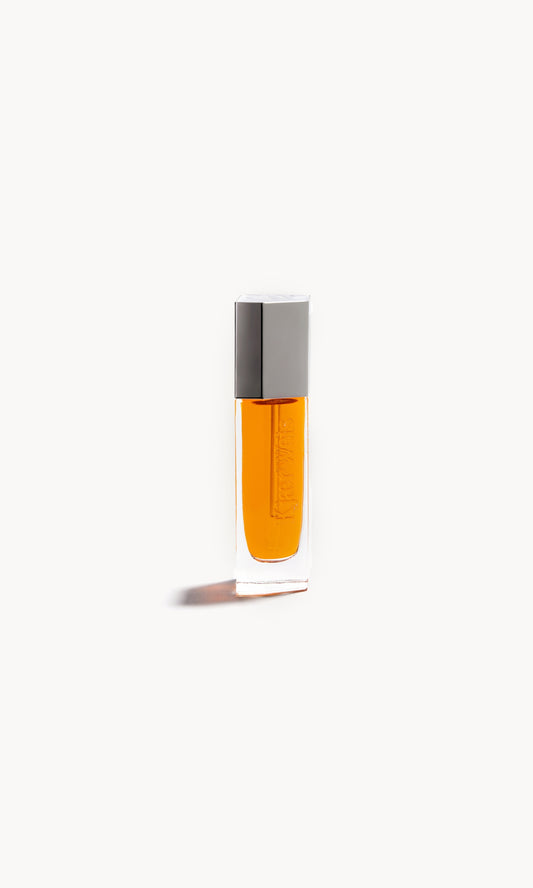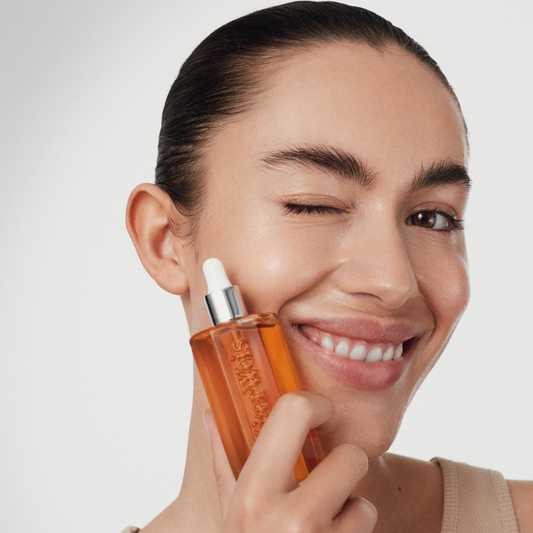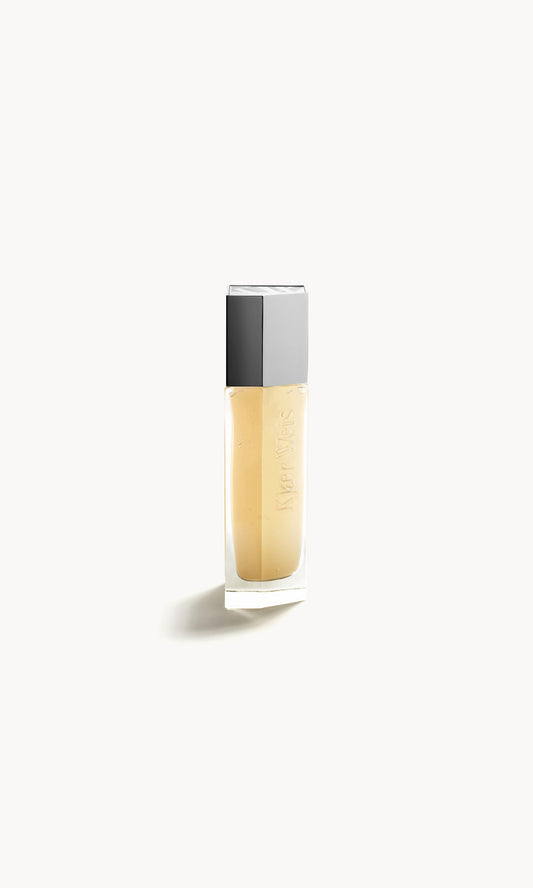Holistic Organics
Written by Andy Hume

Eating a diet of wholly organic or substantially organic foods these days is a no brainer. It has
simply become habit because we know the negative health effects of ingesting residual
pesticides, fertilizers, and added preservatives, not to mention the greater nutritional value and
overall benefit of eating fruits and vegetables that are grown organic.
We’ve been aware of it for decades, after hundreds of studies, so now we just sort of take it for granted. There seems to be a bit of a disconnect, however, when it comes to using purely organic for what we put on our body. The skin is our body’s largest organ, making up a massive 10% of our total body mass.

It is often quoted that 60% of what you put on your body gets absorbed into your skin. The truth is, it’s difficult to accurately quantify this without putting some small part of all organic and inorganic materials, compounds, and chemicals on your skin and then measuring what has been absorbed. And then, there is a huge difference between “absorption” and “penetration.”
When something penetrates the skin, it means that molecules have passed through the skin’s
outer layer, the stratum corneum, or skin barrier. The molecules may even flow into deeper levels of the epidermis, but they do not reach the bloodstream. When molecules are absorbed
into the skin, they go all the way through the epidermis, into the dermis, and then directly into the bloodstream.
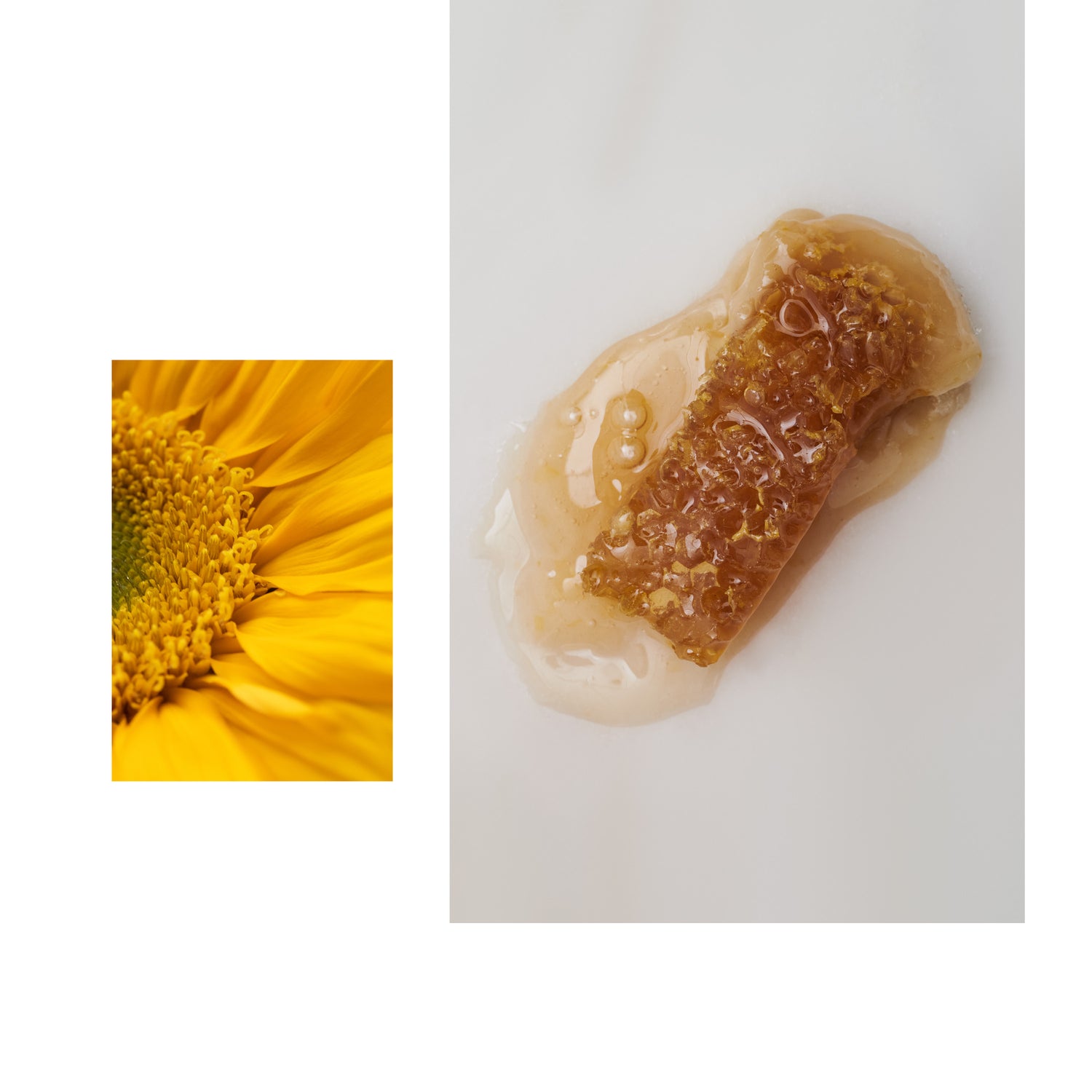
Many skin products are designed to penetrate the skin’s outermost layers in order to help the
epidermis hold in moisture, heal cuts, treat skin disorders, etc. Unfortunately, even if the
intention is to merely penetrate, chemical additives in certain skin products may actually break
through the epidermis and enter the bloodstream, where they can cause incredibly harmful effects.

When molecules of any sort enter into the bloodstream, without being digested, they don’t go through the body’s natural process of detoxification — through the liver and kidneys. They go
directly into the blood where they can reach other vital organs causing real damage. Furthermore studies have shown that certain areas of the skin, like the face and underarms, are even more easily permeated.
Additives like phthalates are often used in perfumes and cosmetics to lubricate and increase absorption and are found in the blood of up to 75% of the population. Phthalates work as endocrine disruptors, negatively impacting the production of hormones, like androgens and progesterone, that can have serious long term effects on children’s sexual development, adult sexual behavior, even the ability to reproduce at all.
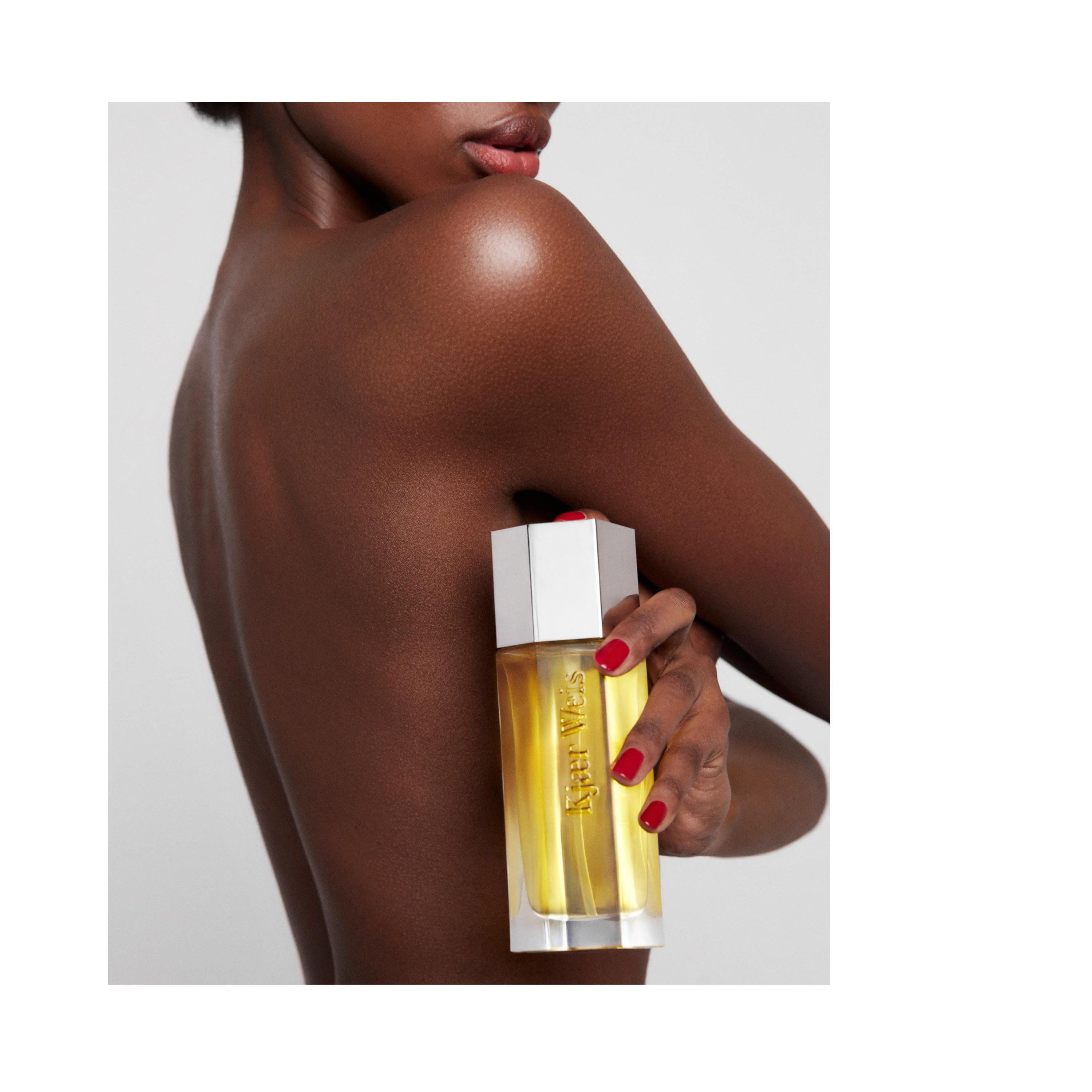
Other chemicals found in cosmetics, like BPAs, are so pervasive, they’re even found in the umbilical cord blood of newborn babies. Certain cosmetic additives, like silicone, won’t absorb into the skin at all, but they can be a danger when ingested — from lipstick, for example.
Some skincare terminology, like “fragrance,” can be problematic because it can hide harmful additives without disclosing the chemical makeup at all. One FDA study showed that something as scary as formaldehyde and formaldehyde releasers (substances that break down into formaldehyde) are found in nearly 20% of all cosmetic products in the US. I think we can all agree we don’t want formaldehyde on our skin!
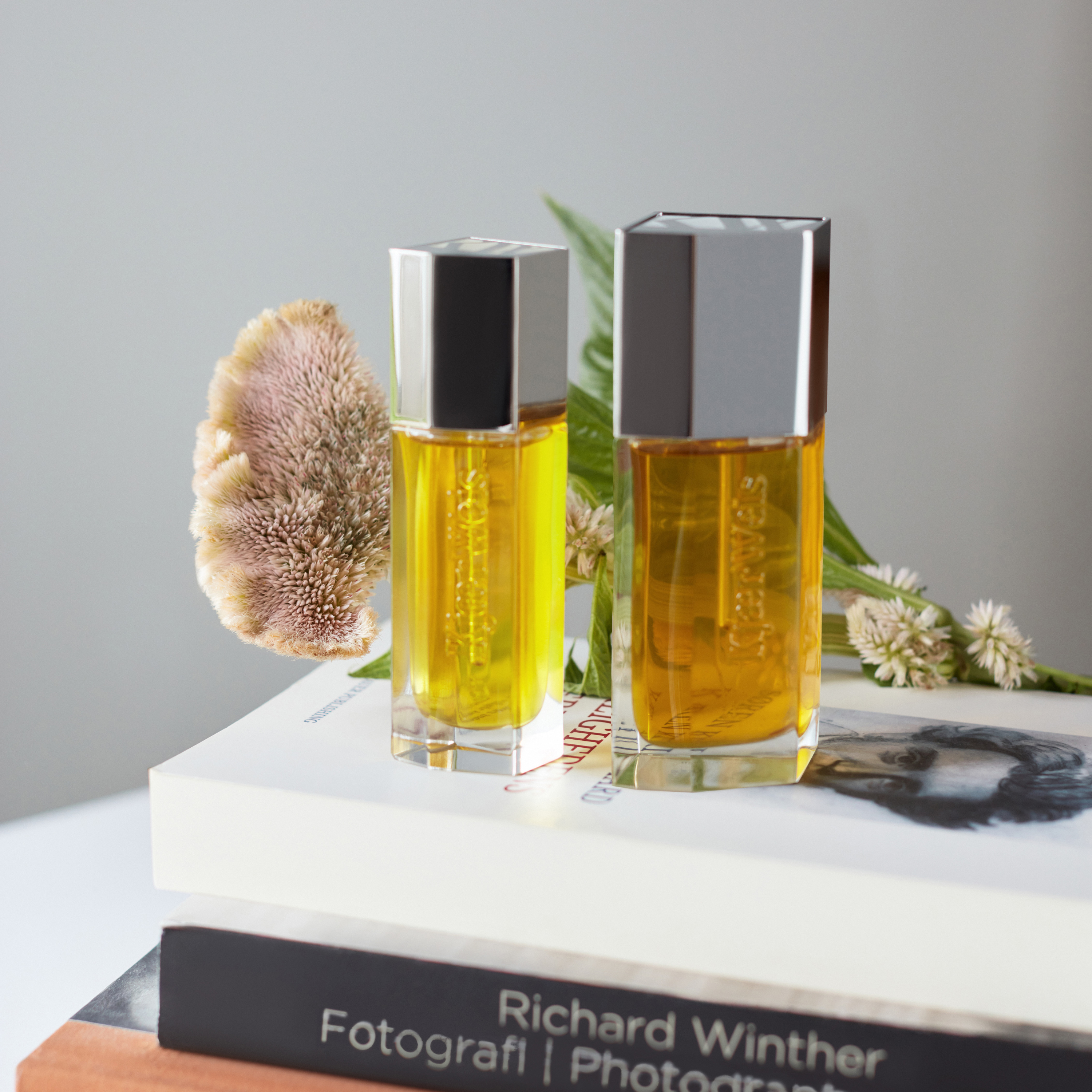
Kjaer Weis sees the body as a holistic system. Our skin is our biggest organ. Why take care of only 90% of our body, when we can take care of the whole thing? What you put on your body doesn’t always go just below the surface, it can go all the way into your bloodstream.
Kjaer Weis has been proudly organic since 2010. Because why take the risk? Go organic wherever you can, because it’s better for your skin, better for the environment, and better for your whole body.

